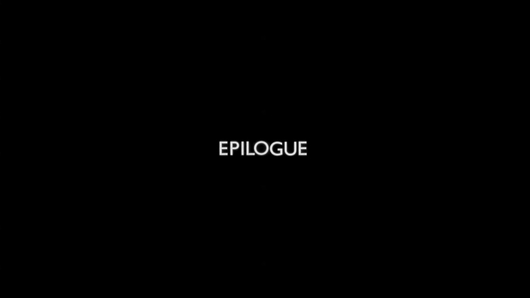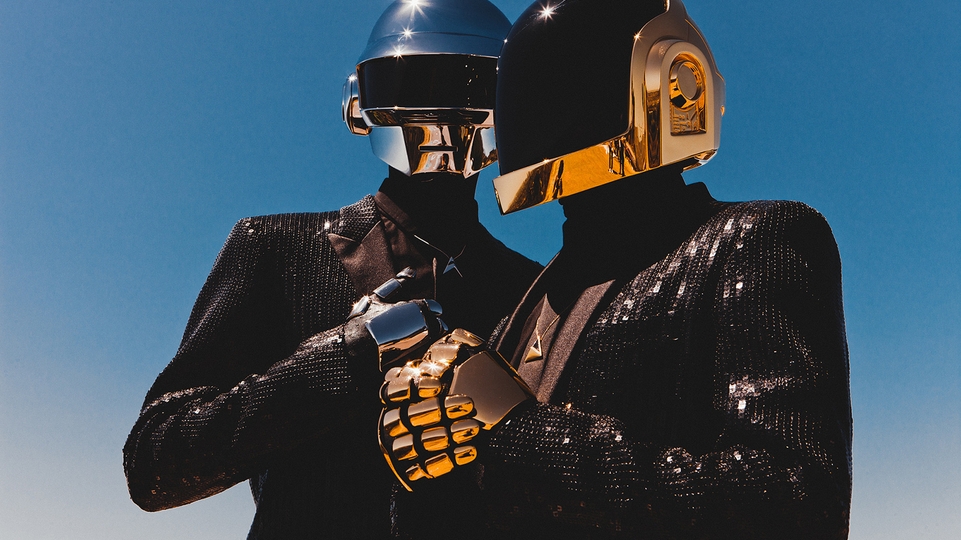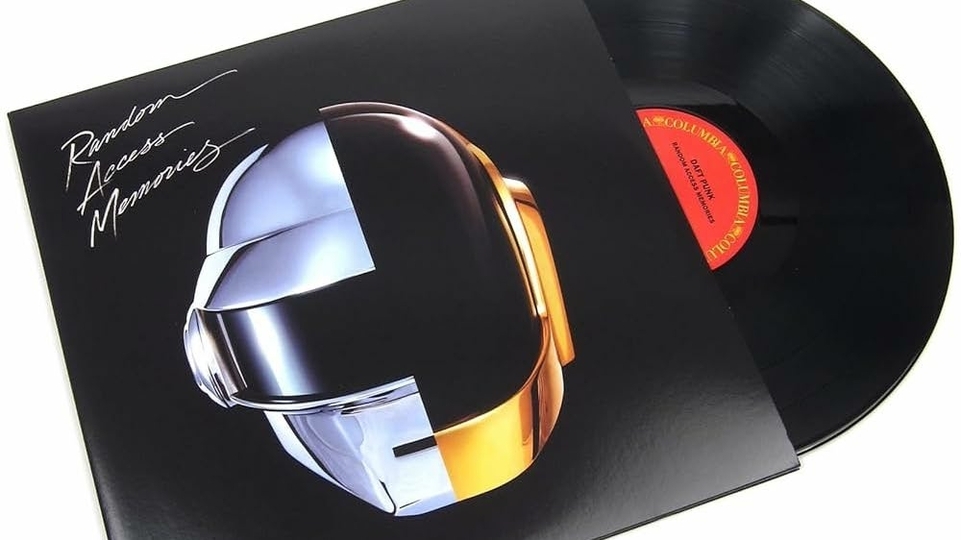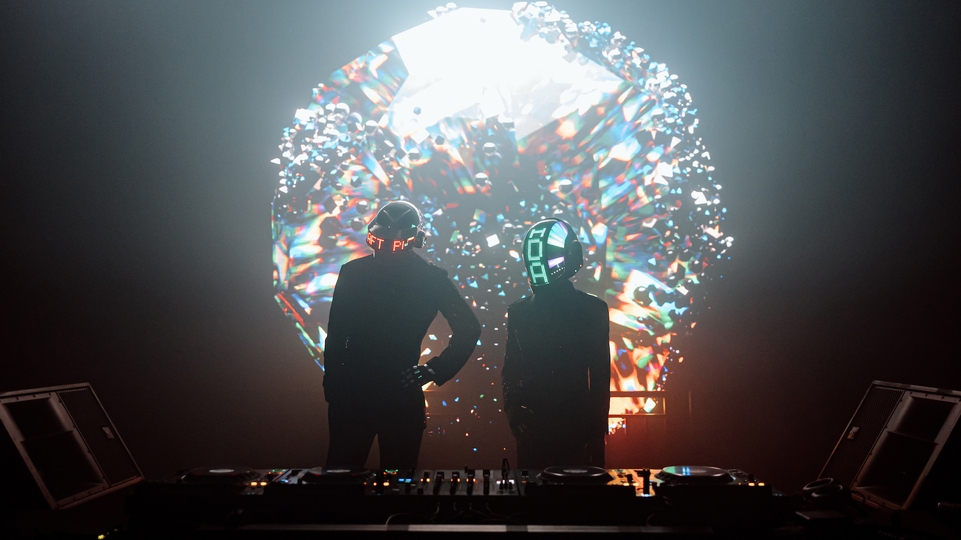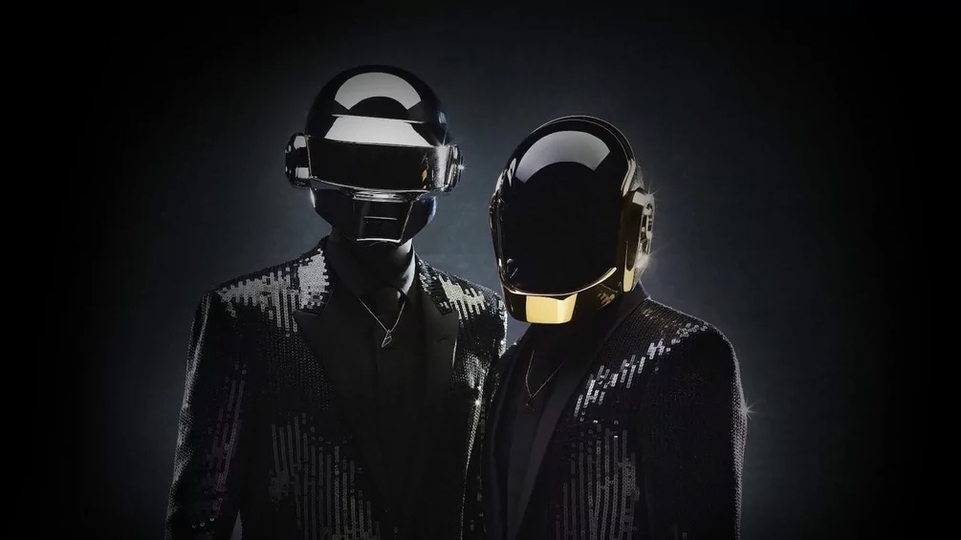
Daft Punk is dead, long live Daft Punk: the limits of a brand beyond the band
Daft Punk split up three years ago, but thanks to a near-constant stream of archival video releases, album reissues, merch drops and more, the robots feel more present than ever. But what are the limits to one of dance music's most iconic acts' prolific post-split existence? Will it start to wear thin? And what does it all say about the brand-focused and content-driven ecosystem we find ourselves in today? Ben Cardew dives in
Daft Punk died twice. On 9th September 1999, according to legend, a studio accident killed off the real-life Thomas Bangalter and Guy-Manuel de Homem-Christo, leaving the soon-to-become iconic Daft Punk robots in their place. 22 years later, on 22nd February 2021, the group announced their split in a video based on a scene from their 2006 film Electroma, in which Bangalter’s robot dramatically explodes.
Neither demise appears to have done Daft Punk much harm. In 2001, their classic second album ‘Discovery’ was released, propelling the duo to new artistic and commercial heights. Three years since their split, they seem more present than ever. In that time, we’ve had everything from limited-edition merch drops and lavish album box sets to Daft Punk waxworks at Madame Tussauds in New York. There’s been Twitch streams of their Interstella 5555 film and early unmasked live shows, a documentary series about their ‘Random Access Memories’ collaborators, and even the launch of an official Daft Punk TikTok.
Looking at all of this, it’s possible to argue that Daft Punk never really went away at all, and likely never will, as long as their robotic spirit remains intact, churning out records and archival content, inspiring Comic Con dress ups and Halloween outfits from now until eternity. “I think that, post-split, Daft Punk’s influence on music, fashion and pop culture has become even more apparent,” says Wez Saunders, chief executive officer of house music label Defected. “I think they’ll continue to sustain a high level of interest and activity, and their work will continue to inspire a lot of people.”
All of this raises a number of questions: what comes next? How long can a brand outlive a band? What are the limits to Daft Punk’s prolific post-split reign? Will we ever get sick of the robots? What does their enduring presence say about branding as a whole, and the music industry's taste for consumerism? And what lessons, if any, are there to glean from it all?
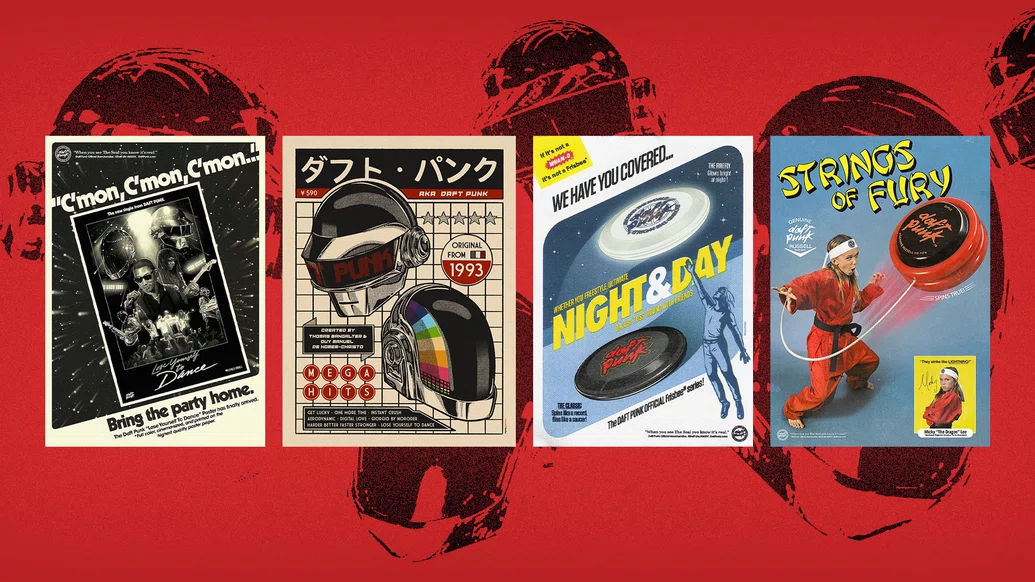
“Daft Punk have such a powerful look and such clear iconography that a sense of ‘remoteness’ in marketing (i.e. not having the humans too involved) is inevitable, but is also their greatest strength.” – Eamonn Forde, author of Leaving The Building
At the heart of all of this is Daft Punk's iconography. Over the course of their career — but especially from ‘Discovery’ onwards — Bangalter and de Homem-Christo created a visual identity so strong that it is instantly recognisable 30 years on. The classic robot personae are the most important example of this, but Daft Punk also have an eye-popping logo — as designed by Guy-Man — while the Pyramid stage design they used on the 2007 Alive tour has become iconic among fans, immortalised in innumerable tattoos.
Eamonn Forde, a music industry journalist whose 2021 book Leaving The Building examined the lucrative business of managing musicians’ estates, says that it has been interesting to watch “a band so obsessed with the future come to terms with their own past” post-split. “Like Kiss in their make-up, Daft Punk look ‘timeless’ and don’t appear to ‘age’,” he explains. “Also, they themselves don’t have to get involved and do endless interviews. (See: Mike Mills and Michael Stipe every time an REM album is reissued going back on the promotional circuit). [For Daft Punk] it can be led by visuals and the music.”
Daft Punk certainly weren’t the first electronic act to become a brand. Kraftwerk created their own robotic avatars while Daft Punk were still in nappies, even sending their robots out to “play” encores at gigs. The idea was that Kraftwerk’s music could live on irrespective of whoever was actually in the band. More recently, in the EDM universe, the likes of Deadmau5, Rezz and Marshmello have benefited from strong visual identities too. On a more underground level, Detroit don Moodymann has — perhaps inadvertently — built a very powerful brand all of his own (or image, if that makes you feel better) around scarcity and enigmatic appeal.
Deep house fans might object to this characterisation, but branding in itself is no bad thing. In 2024, pretty much everyone has one, from big businesses to freelance journalists and underground DJs. Of course, this necessary omnipotence can be a pain. But for better or worse, it’s how people cut through all the 21st Century crap, the 120,000 songs uploaded to streaming services every day, and the infinite buffet of social media posts.
For Daft Punk, forging such a memorable brand created obvious and lasting advantages. Hiding behind their robot personae allowed Bangalter and de Homem-Christo to live normal lives, away from the demands of modern fame, as their actual faces faded from memory. It also meant that fans often did the band’s promotional work for them; each robot costume and eye-catching Daft Punk tattoo is a reminder of the band’s enduring legacy.
Arguably, it has also made their transition into a post-split business a lot easier: if Daft Punk weren’t around in person during the final years of their career, what difference does it make if the band no longer technically exists, in terms of promotion?
Forde believes that Daft Punk’s strong visual identity has made it easier to sell their work since they went their separate ways. “Daft Punk have such a powerful look and such clear iconography that a sense of ‘remoteness’ in marketing (i.e. not having the humans too involved) is inevitable, but is also their greatest strength,” he says. (Forde isn’t alone in this view: The Financial Times, published an article praising Daft Punk as “the best-managed brand in pop” and “a lesson in the uses of remoteness” after the duo disbanded)
“The audience bought into Daft Punk’s ‘facelessness’ from the off,” Forde continues, “but that facelessness ironically became their biggest point of differentiation and their ‘character’. As such, they can lean on that iconography for as long as they need to.”

How far could Daft Punk take this? Would an Abba-style Daft Punk avatar show be a success, for example? Forde says they are “the perfect act for this, as they always wanted to be their own avatars”. “They might, however, see it as too ‘obvious’ and not want to do it,” he adds. “A giant room with digital robots and lasers would be a huge draw for audiences. The band could see this as boringly expected and so run the other way.”
In the absence of live shows, will fans remain happy with deluxe album reissues, promoted by Twitch streams and fancy Instagram posts? Recent activity suggests that there may be a limit to fans’ appetites for repackaged Daft Punk content. While reaction to the 10th anniversary edition of the duo’s fourth studio album, ‘Random Access Memories’, was largely positive, the seemingly out-of-the-blue release in 2023 of a Drumless edition of ‘RAM’ left many fans scratching their heads. Some even accused the duo and their label of needlessly cashing in on demand.
This is, perhaps, indicative of a key disadvantage of the Daft Punk brand. The duo’s personae relied on severe discipline; the idea of Daft Punk as robots simply wouldn’t work were Bangalter and de Homem-Christo to be regularly spotted swanning around Los Angeles in the flesh. This meant that Daft Punk had to keep their natural human impulses firmly in check, particularly when it came to communication. They didn’t, for example, say anything publicly when their ‘One More Time’ and ‘Too Long’ collaborator Romanthony died in 2013, and they have never explained the reasons behind the ‘RAM’ Drumless release.
Into this void, rumours run large. Some fans are still convinced that Daft Punk themselves didn’t actually appear on the Live 2007 tour, despite all the evidence to the contrary. Some reckon that, even if they did, then they weren’t actually doing anything on stage. There have also, in recent years, been flurries of confusion about whether Daft Punk were scoring a new Dario Argento film, releasing a shelved follow up album to ‘RAM’, or reuniting at the Paris’ Olympics, all of which have either been denied by reps, or ignored entirely.
From an outsider’s perspective, maintaining the Daft Punk brand seems to have become a bit of a drag for Bangalter and de Homem-Christo towards the end of their career together. You can see why: the thought of 50-year-old men wearing robot costumes is somewhat unedifying, while the duo’s artistic restlessness would suggest that the concept could have started becoming rather stale for them. This should serve as something of a warning to any new artists hoping to make it big in the music industry with a high-concept brand in mind – you have to commit. And before all that, the music really ought to stand on its own two feet. We're talking about Daft Punk after all.
Bangalter told the BBC in 2023 that the last thing he would want to be, in the modern world, is a robot. “Daft Punk was a project that blurred the line between reality and fiction with these robot characters,” he said. “It was a very important point for me and Guy-Man[uel] to not spoil the narrative while it was happening. Now the story has ended, it felt interesting to reveal part of the creative process that is very much human-based and not algorithmic of any sort.”
Ultimately, the strength of Daft Punk’s music means that demand for any kind of new activity — be it album reissues, merch or live streams — is likely to continue apace, with the clamour for a 25th anniversary edition of ‘Discovery’ showing that demand is certainly there. At the same time, the Daft Punk brand has its roots in quality over quantity, and a refined appeal that is more Chanel than Coca-Cola. Without that, would any of this have the same staying power now? In the insatiably content-driven and consumerist ecosystem that music is now forced to exist in, the lesson for the rest of us might just be that sparing the brand is the key to maintaining the brand, which does feel like a very Daft Punk kind of contradiction to work around.
